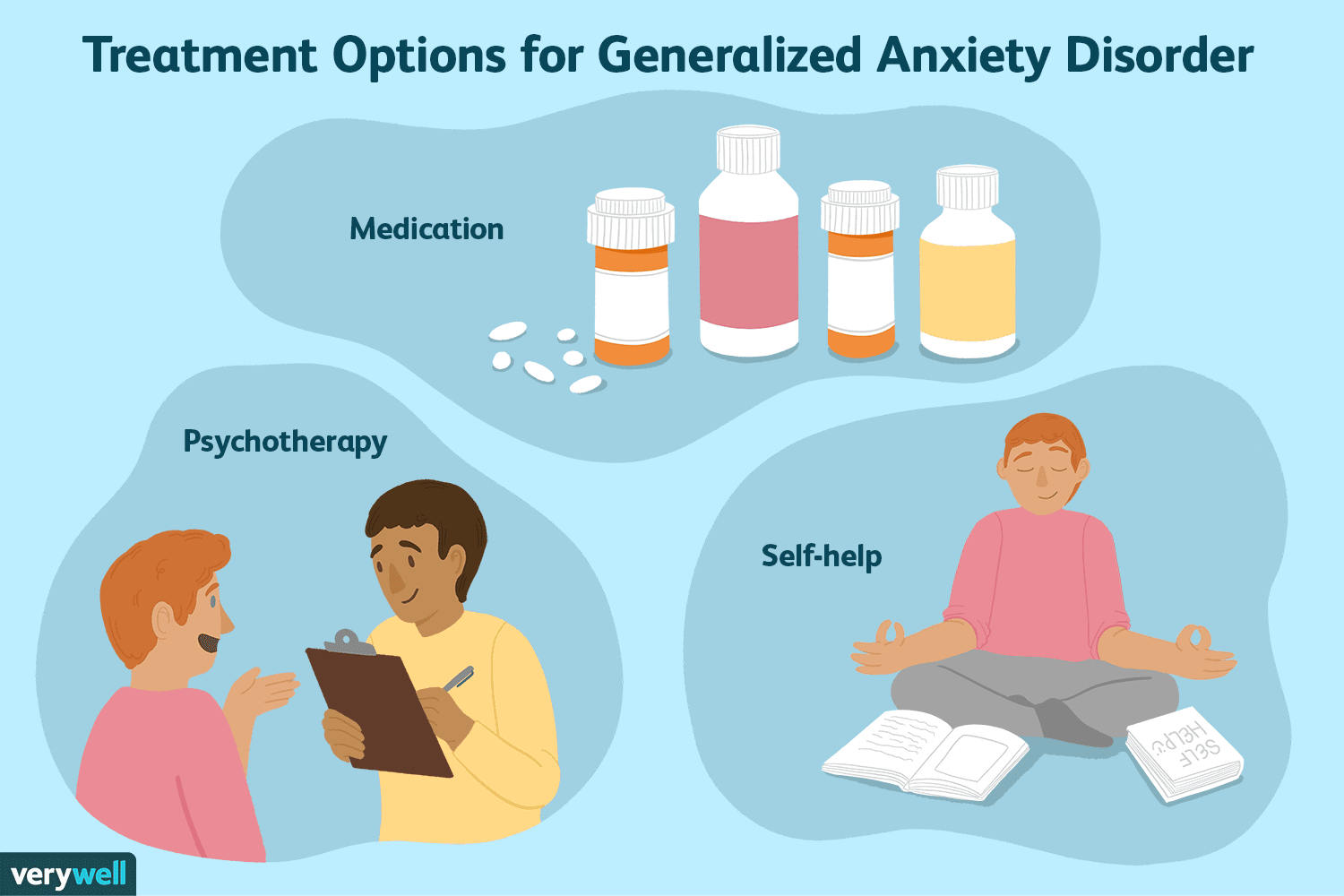Generalized Anxiety Disorder or GAD affects about four million American adults and about twice as many women as men. The disorder comes on gradually and can begin across the life cycle, though the risk is highest between childhood and middle age. It is diagnosed when someone spends at least six months worrying excessively about a number of everyday problems. There is evidence that genes play a modest role in GAD.
Generalized anxiety disorder (GAD) is much more than the normal anxiety people experience day to day. It’s chronic and fills one’s day with exaggerated worry and tension, even though there is little or nothing to provoke it. Having this disorder means always anticipating disaster, often worrying excessively about health, money, family, or work. Sometimes, though, the source of the worry is hard to pinpoint. Simply the thought of getting through the day provokes anxiety.
 People with GAD can’t seem to shake their concerns, even though they usually realize that their anxiety is more intense than the situation warrants. Their worries are accompanied by physical symptoms, especially fatigue, headaches, muscle tension, muscle aches, difficulty swallowing, trembling, twitching, irritability, sweating, and hot flashes. People with GAD may feel lightheaded or out of breath. They also may feel nauseated or have to go to the bathroom frequently.
People with GAD can’t seem to shake their concerns, even though they usually realize that their anxiety is more intense than the situation warrants. Their worries are accompanied by physical symptoms, especially fatigue, headaches, muscle tension, muscle aches, difficulty swallowing, trembling, twitching, irritability, sweating, and hot flashes. People with GAD may feel lightheaded or out of breath. They also may feel nauseated or have to go to the bathroom frequently.
People with GAD seem unable to relax, and they may startle more easily than other people. They tend to have difficulty concentrating, too. Often, they have trouble falling or staying asleep.
Unlike people with several other anxiety disorders, people with GAD don’t characteristically avoid certain situations as a result of their disorder. When impairment associated with GAD is mild, people with the disorder may be able to function in social settings or on the job. If severe, however, GAD can be very debilitating, making it difficult to carry out even the most ordinary daily activities.
GAD is commonly treated with medications, but cognitive therapy may also be helpful. GAD rarely occurs alone, however; it is usually accompanied by another anxiety disorder, depression, or substance abuse. These other conditions must be treated along with GAD.
For more on Anxiety Disorders — See these articles Social Anxiety and Panic Disorder and Post-Traumatic Stress Disorder
Get More Information on PureCalm for Anxiety & Panic Attacks .
Resources on the Web:
- SPSAA – Social Phobia/Social Anxiety Association.
- Cognitive Therapy Web Site
- UK Web Site for Social Anxiety
